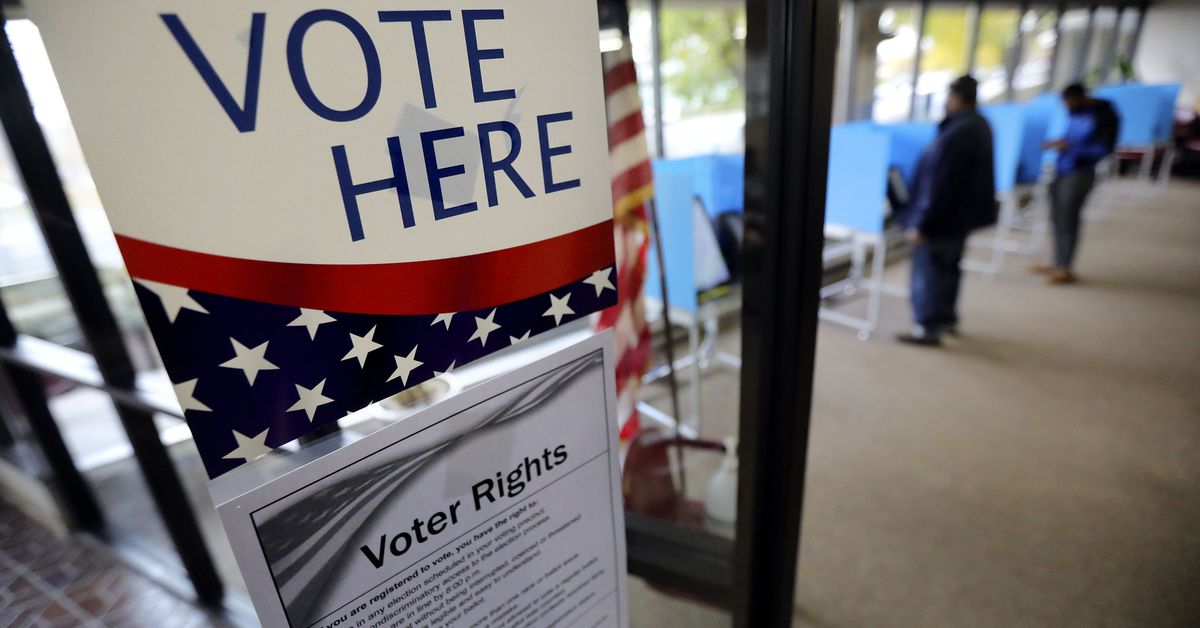| Erin Carman, Jay Wendland | Times Union |
New York City became the largest U.S. city and the first city in New York state to use Ranked Choice Voting (RCV) on June 22 last year. New analysis of exit poll data released this week by the Unite America Institute demonstrates that voters understood RCV, liked RCV, used the option to rank candidates that RCV provides, and want to use RCV again.
The favorable response was so widespread that there’s little reason to believe it wouldn’t also be well-received elsewhere in New York — perhaps someday in the city of Albany.
”
RCV is a straightforward idea that gives voters more say and makes elections more representative of all voters. Based on exit poll data, the large majority of voters in New York City, across demographics, used ranking in last June’s election to identify their preferences, and reported understanding the process and the ballot. At least 78 percent of voters across races ranked more than one candidate in the mayoral election and 44 percent ranked on all five lines that were available. Across all age categories, at least 81 percent ranked more than one candidate and 42 percent ranked on all five lines.
Voters’ top reason for ranking was that they felt it gave them the opportunity to choose the candidate who most represented their values, while still identifying other candidates they could support. Notably, of the voters who ranked only one candidate, the majority 80 percent reported that they did so as a choice because they only supported one candidate and not because of a lack of understanding about RCV ranking.
Through the ranking process, voters elected the most diverse slate of council-members in the city’s history, as well as the city’s second Black mayor (with two female runners-up in second and third place). In fact, 35 candidates of color won city council primaries (a nine-candidate increase from the previous primary); 29 city council primaries were won by female candidates (86 percent of whom are women of color); and six LGBTQ candidates won their primaries. This appears to be in line with studies that show that women and minority candidates run and win more in RCV cities than non-RCV cities.
Voters supported RCV and, overall, had a positive experience with the process: 77 percent reported wanting more RCV elections in New York City, and 62 percent support RCV being used elsewhere.
The RCV process itself appears to hold promise for improving our elections. To go further on improving our democracy, election leaders, policy makers, and advocates may consider building upon voter education efforts and, in particular, targeting efforts with minority and older communities. Research shows that explaining the mechanics of RCV alone does not significantly shift voter engagement with ranking. Alternatively, when explaining to minority voters how ranking benefits the chances of female and minority candidates, we see these populations more actively engage with ranking. Notably, research has found that undervoting among minority populations is less common under RCV than under traditional voting systems. Still, the margins of older and minority voters who had difficulty understanding the process and ballot were very small, but this suggests that targeting these voters may help broaden the already increasing opportunity to engage in our democratic process using RCV.
New York City voters chose to make their voice heard through the ranking process. The results after their first experience with the system are promising for improving our elections, and they hold lessons for the more than 50 municipalities that will be holding RCV elections in the upcoming election cycle or other jurisdictions interested in adopting RCV.
Erin Carman is an assistant professor in the Department of Social Work and Sociology, and Jay Wendland is an associate professor in the Department of History and Political Science at Daemen College in Amherst.





